Related Research Articles

Jedda, released in the UK as Jedda the Uncivilised, is a 1955 Australian film written, produced and directed by Charles Chauvel. His last film, it is notable for being the first to star two Aboriginal actors, Robert Tudawali and Ngarla Kunoth in the leading roles. It was also the first Australian feature film to be shot in colour.

Melissa Suzanne George is an Australian actress. A former national rollerskating champion and model, George began her acting career playing Angel Parrish on the Australian soap opera Home and Away (1993–1996). After moving to the United States, George made her feature film debut with a supporting role in Dark City (1998). This was followed by parts in The Limey (1999), Mulholland Drive (2001), Sugar & Spice (2001), and Down with Love (2003).

The Abominable Dr. Phibes is a 1971 British dark comedy horror film, produced by Ronald S. Dunas and Louis M. Heyward, directed by Robert Fuest, written by William Goldstein and James Whiton, and starring Vincent Price and Joseph Cotten. Its art deco sets, dark humour, and performance by Price have made the film and its sequel Dr. Phibes Rises Again cult classics. The film also features Terry-Thomas and Hugh Griffith, with an uncredited Caroline Munro appearing as Phibes' wife.

Dr. Phibes Rises Again is a 1972 British comedy horror film, produced by Louis M. Heyward, directed by Robert Fuest, and starring Vincent Price and Robert Quarry. The film is a sequel to The Abominable Dr. Phibes (1971). After seeking vengeance on the doctors whom he blamed for his wife's death in the first film, Phibes returns to seek eternal life in Egypt, while he pursues a centuries-old man who holds the ancient secrets that Phibes needs.

Margaret Mary Day Lockwood, CBE, was an English actress. One of Britain's most popular film stars of the 1930s and 1940s, her film appearances included The Lady Vanishes (1938), Night Train to Munich (1940), The Man in Grey (1943), and The Wicked Lady (1945). She was nominated for the BAFTA Award for Best British Actress for the 1955 film Cast a Dark Shadow. She also starred in the television series Justice (1971–74).
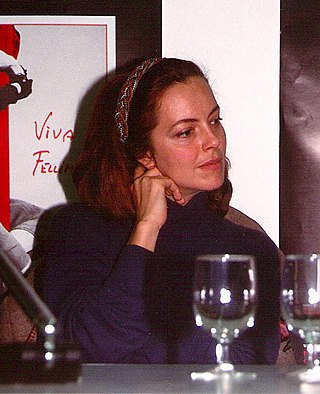
Greta Scacchi, OMRI is an Italian-Australian actress. She is best known for her roles in the films White Mischief (1987), Presumed Innocent (1990), The Player (1992), Emma (1996), and Looking for Alibrandi (2000).
Janet Kim Albrechtsen is an Australian opinion columnist with The Australian. From 2005 until 2010, she was a member of the board of the Australian Broadcasting Corporation, Australia's public broadcaster.
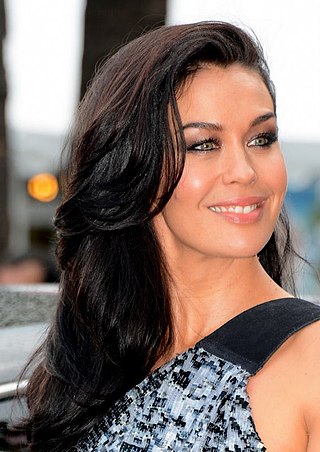
Megan Kate Gale is an Australian model and actress. Born in Perth, Western Australia, Gale won a model contest when she was 18 in her home town. In 1999 she was cast in a series of commercials for the Italian branch of telecommunications company Vodafone. This led to wide exposure in both Italy and her homeland Australia, and she appeared in those advertising until 2006. Gale has also appeared in Italian movies and television shows, and as an actress, Gale recently played "Fatma" in Russell Crowe's The Water Diviner (2014) and "Valkyrie" in George Miller's Mad Max: Fury Road (2015).
Patricia Anna Lovell, commonly referred to as Pat Lovell, was an Australian film producer and actress, whose work within that country's film industry led her to receive the Raymond Longford Award in 2004 from the Australian Film Institute (AFI).

Caroline Jane Munro is an English actress, model and singer known for her many appearances in horror, science fiction and action films of the 1970s and 1980s. In 2019, she was inducted into the Rondo Hatton Classic Horror Awards' Monster Kid Hall of Fame.

Shirley Ann Richards was an Australian actress and author who achieved notability in a series of 1930s Australian films for Ken G. Hall before moving to the United States, where she continued her career as a film actress, mainly as a Metro-Goldwyn-Mayer starlet. Her best known performances were in It Isn't Done (1937), Dad and Dave Come to Town (1938), An American Romance (1944), and Sorry, Wrong Number (1948). In the 1930s, she was the only Australian actor under a long-term contract to a film studio, Cinesound Productions. She subsequently became a lecturer and poet.
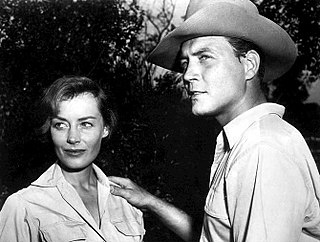
Victoria Shaw was an Australian film and television actress.
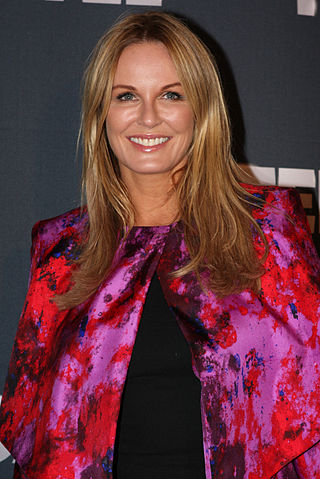
Charlotte Dawson was a New Zealand–Australian television personality. She was known in New Zealand for her roles as host of Getaway, and in Australia as a host on The Contender Australia and as a judge on Australia's Next Top Model. In 2014, her death by suicide attracted Australasian-wide news coverage.
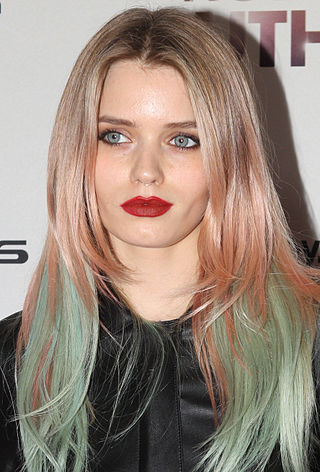
Abbey Lee Kershaw known professionally as Abbey Lee, is an Australian model, actress and musician. Following several years of success leading up to the 2011 fashion seasons, V magazine dubbed her a supermodel, and Models.com has listed her as an "Industry Icon". She dropped the use of her surname, Kershaw, in 2015.
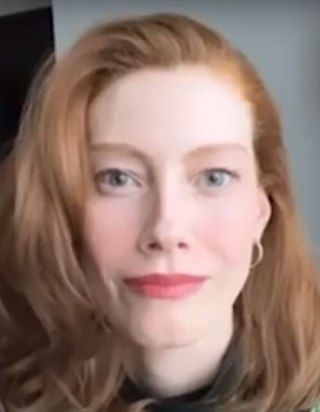
Alyssa Sutherland is an Australian actress and model best known for her roles as Queen Aslaug on the History Channel television series Vikings and Ellie in Evil Dead Rise, the fifth installment of the Evil Dead franchise.
Virginia North, Lady White was an Anglo-American actress who appeared in small roles in five films and one TV programme between 1967 and 1971.

Maytime in Mayfair is a 1949 British musical romance film directed by Herbert Wilcox and starring Anna Neagle, Michael Wilding, Nicholas Phipps, and Tom Walls. It was a follow-up to Spring in Park Lane.
Maddison Gabriel is an Australian model who gained notoriety when, at the age of 12, she was controversially named the face of the 2007 Gold Coast Fashion Week.
Karen Jo Pini is an Australian actress, model, TV personality and beauty pageant titleholder. She represented her country at the 1976 Miss World pageant held in London, United Kingdom and finished first runner up. She was also the nude centerfold in the first Australian edition of Playboy magazine in February 1979. Pini also co-hosted the weekly televised New South Wales lotto draw for twelve years.
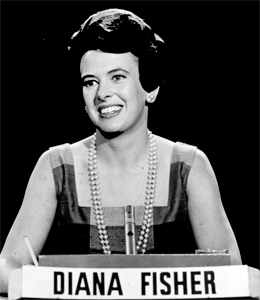
Diana Beresford Fisher was an English-born Australian journalist, television and radio presenter, social commentator and royal correspondent. Fisher is arguably best known for being a judge on The Inventors on ABC TV from 1970 to 1982.
References
- 1 2 3 4 5 6 7 Valli Kemp, "Valli Kemp Bio". Retrieved 15 February 2011.
- 1 2 3 4 5 The Vincent Price Exhibit, "Vulnavia Speaks: An Exclusive Interview with Valli Kemp". Retrieved 15 February 2011
- ↑ "A Snap for His Album", Sydney Morning Herald, 7 May 1967, p 3.
- ↑ "Navel flower power", Toledo Blade, 3 December 1969, p 86.
- ↑ "What people are wearing in Sydney", Australian Women's Weekly, 1 July 1970, p 112.
- ↑ Australian Women's Weekly, 17 September 1980, p 24s.
- ↑ "Sis is OK", Sarasota Journal, 19 January 1971, p 11.
- ↑ "Now he's back to bondage", Australian Women's Weekly, 28 April 1971, p 5.
- ↑ Bruce G Hallenbeck, Comedy-Horror Films: A Chronological History, 1914-2008, p 96.
- ↑ "A Life Story with a Big Difference", Sydney Morning Herald, 3 July 1972, p 12 .
- 1 2 "Sydney beauty queen to wed business chief", Sydney Morning Herald, 5 August 1973, p 3.
- ↑ "Valli Kemp plans to return to Australian Acting", Sydney Morning Herald, 27 April 1981, p 8.
- ↑ "Valli home, minus Pet", Sydney Morning Herald, 14 February 1982, p 24.
- ↑ "Valli Kemp", Sydney Morning Herald, 3 March 1971, p 2.?
- 1 2 "They told tempo", Sydney Morning Herald, 23 September 1984, p 70.
- ↑ "He's Number One in Spectacles", Sydney Morning Herald, 8 August 1971, p 2.
- ↑ Another Side of Robert Winsor, ABC Mallorca, 25 November 2016
- ↑ "Andy's girl is Valli's pal", Sydney Morning Herald, 10 October 1982, p 2.